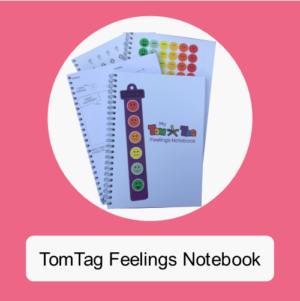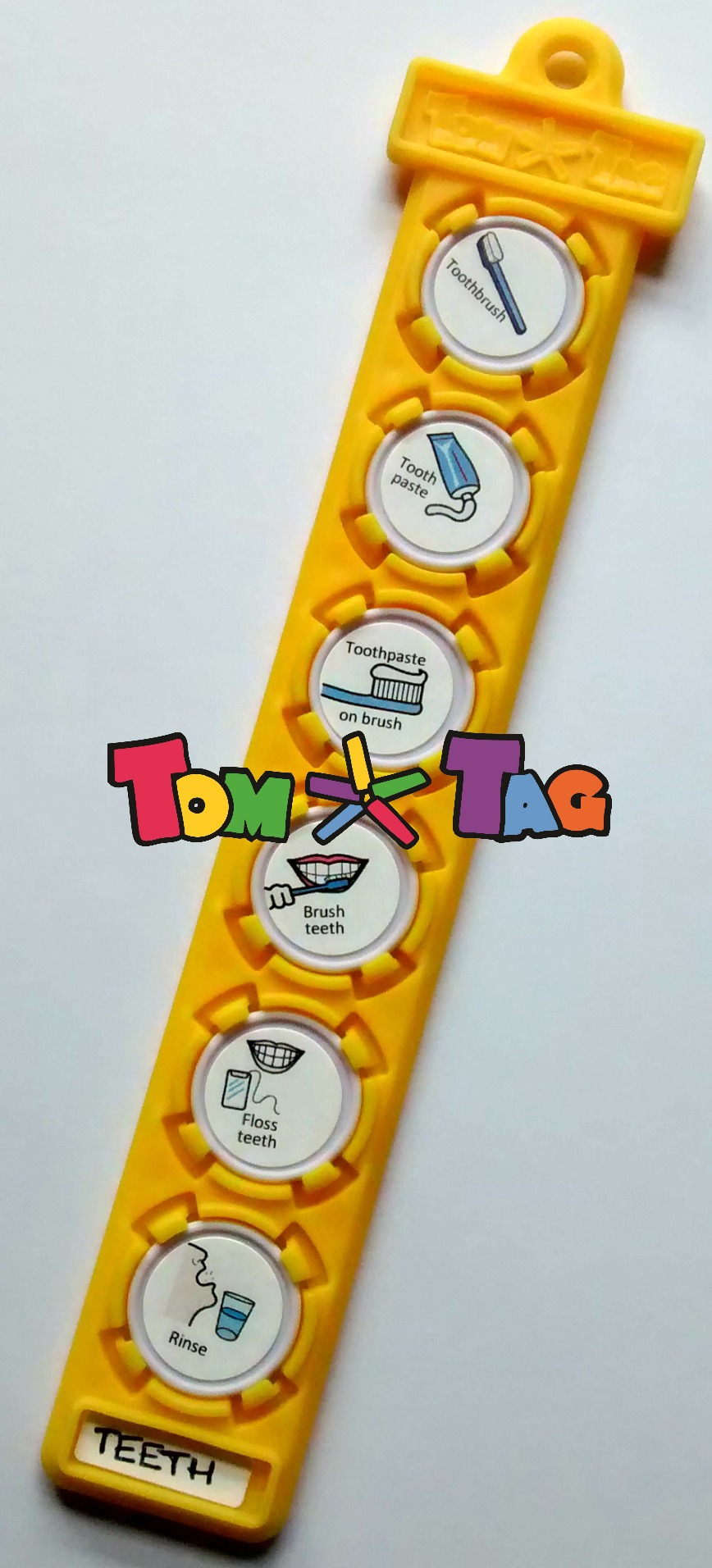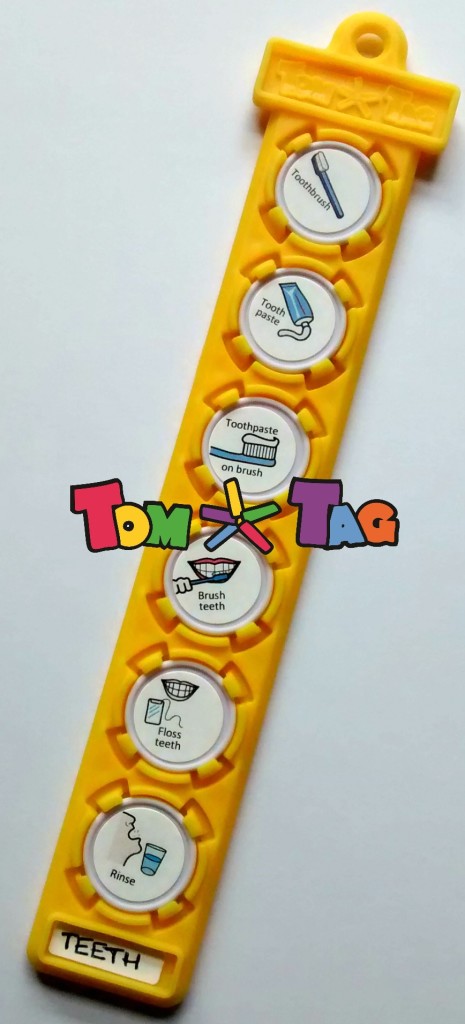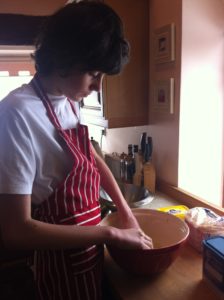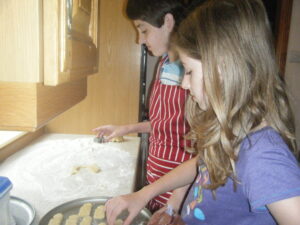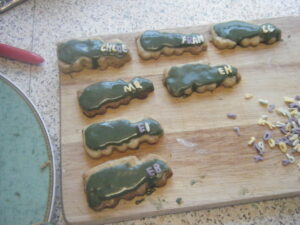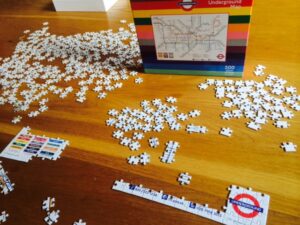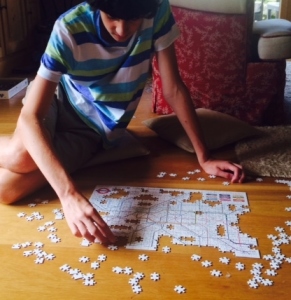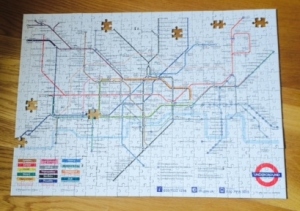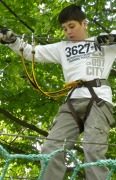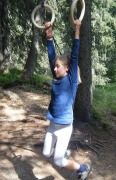
The recent 175th anniversary of the issue of the Penny Black postage stamp took me back to my childhood and the joys of stamp collecting. For me this was a hobby, a pleasant way to pass the time and a special interest I could share with my dad.
Interest or obsession?
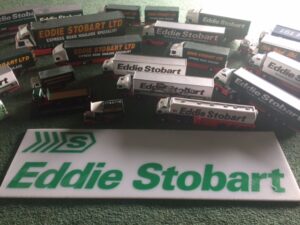
Most people have interests and hobbies. For children with autism however the term ‘special interest’ implies more than a run of the mill hobby – usually that they have an obsession with a particular object, topic or collection.
Having interests is generally a good thing for most people but when they become obsessions then they can interfere with quality of life.
Managing special interests
Over the course of his childhood my son Tom, who is autistic, has had a range of special interests, including:

- Thomas the Tank Engine
- Traffic lights
- Eddie Stobart lorries
- TinTin
- Number cards
- Flags
- Trains
As a family we’ve always engaged with Tom’s various interests and tried to view them as his way of expressing himself. We’ve used them as a stepping stone to expand activities, encourage his learning and promote his communication skills.
However, as many parents know from experience, managing special interests before they morph into all-consuming obsessions is one of the many balancing acts of parenting a child on the spectrum.
Obsessions – good or bad?
Unlike my interest in stamp collecting, Tom’s special interests fulfill a number of specific needs for him. His current interest is trains and the positive effects of this include:
- Gives him enjoyment and makes him feel happy.
- Acts as a comforter and a coping mechanism. When he is overwhelmed or anxious he likes to immerse himself in thoughts about trains.
- Allows him to connect with other people in social situations as he uses his interest in trains to start conversations.
It is when Tom is anxious that we see the difficulties that his special interests can cause:
- It’s difficult to communicate with him as all he wants to talk about is trains.
- Undermines his ability to learn at school as all his thinking time is taken up with thoughts about trains.
- Isolates him from peers who do not want to talk about or listen to a monologue about trains.
- Can affect family relationships as he only wants to participate in activities which revolve around his special interest.
Tips for managing special interests
It’s not generally realistic (or necessarily desirable) to remove the special interest. The best approach is to try to manage the special interest so that it does not take over everyday life.
These are some of the strategies we’ve tried to follow:
Set limits
 Tom can talk about or view videos and pictures of trains on the computer at certain times of the day e.g. when he gets home from school but only after finishing his homework or between certain hours at the weekend.
Tom can talk about or view videos and pictures of trains on the computer at certain times of the day e.g. when he gets home from school but only after finishing his homework or between certain hours at the weekend.
Make it predictable
Making sure that Tom can clearly access what he needs during these limited times or preparing him well in advance if it’s not going to be possible help to significantly reduce anxiety levels (his and mine!).
Encourage communication
 Reduce the dependence on the special interest as a comfort when there are worries or anxieties by encouraging other means of communication. We set up a feelings book so that Tom can record any worries he has and we have a designated adult at school that he knows he can talk to about any issues that arise during the school day.
Reduce the dependence on the special interest as a comfort when there are worries or anxieties by encouraging other means of communication. We set up a feelings book so that Tom can record any worries he has and we have a designated adult at school that he knows he can talk to about any issues that arise during the school day.
{Using this idea with Tom sparked the design of our TomTag Feelings Notebook which has now been added to our range of products – see links below}
Teach conversation skills
With the help of Tom’s speech and language therapist, we’re working on developing conversation skills to support his understanding of topic management and how to read the signs that people have become bored or disinterested in his train talk!
If you’d like more information or advice about this topic, Ambitious about Autism have an informative article on managing obsessions and the National Autistic society also has some practical advice on understanding behaviour and obsessions.
In the meantime, I would love to hear your experiences of managing special interests and any tips you could share.
-
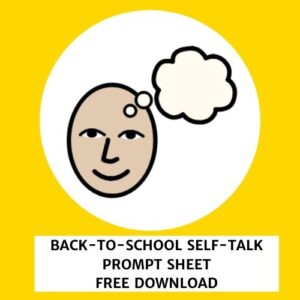
Back-to-School Self-Talk Prompt Sheet
-
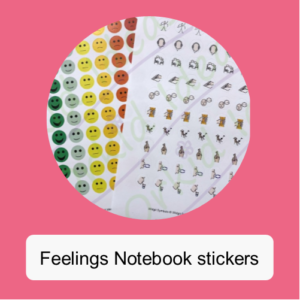
Extra sticker sheets for Feelings Notebook
-

Feelings & Emotions Sticker Pack
-
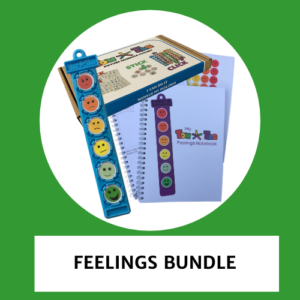
Feelings Bundle
-

Feelings Tag-O-Meter
-
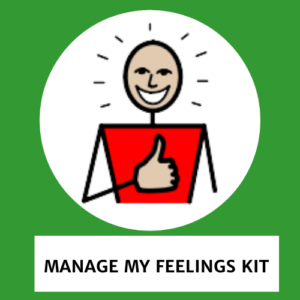
I Can Do It Manage My Feelings Kit
-
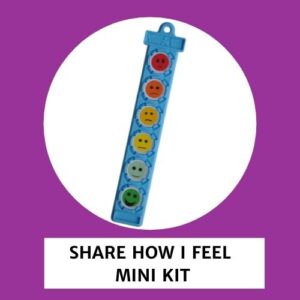
I Can Do It Share How I Feel Mini Kit
-

I Know What To Expect – My Vaccination Mini Kit
-

Phoebe’s Green Christmas Kit in collaboration with Embracing Arts & Christmas For Kids
-

Phoebe’s Green Christmas Sticker Pack in collaboration with Embracing Arts & Christmas For Kids

